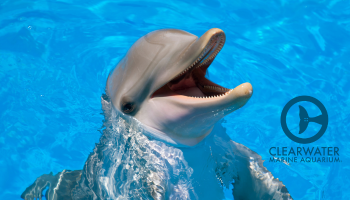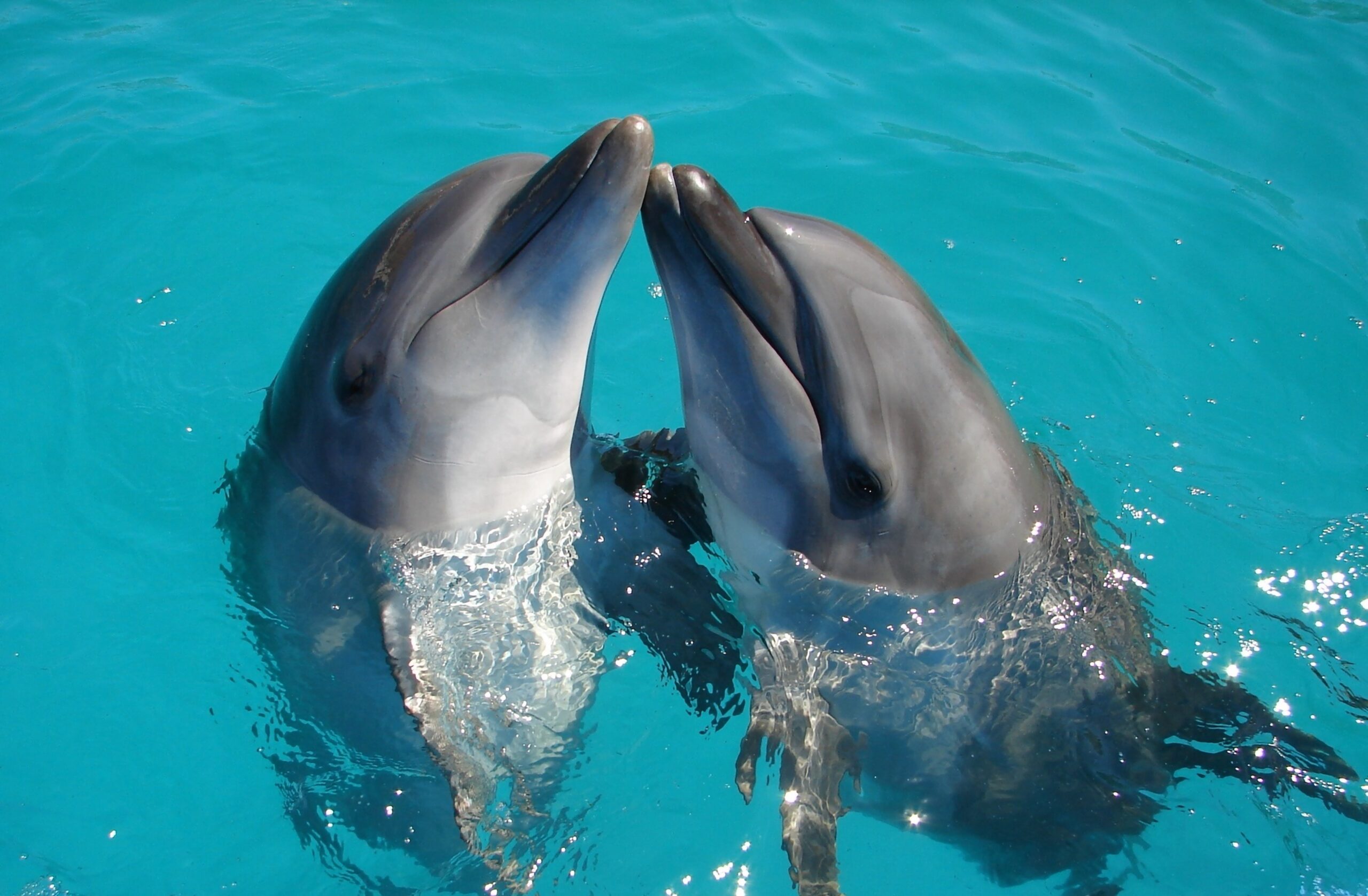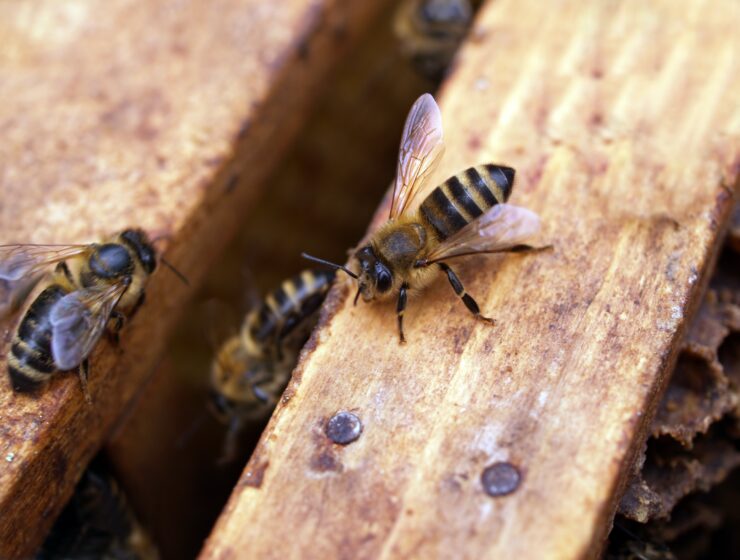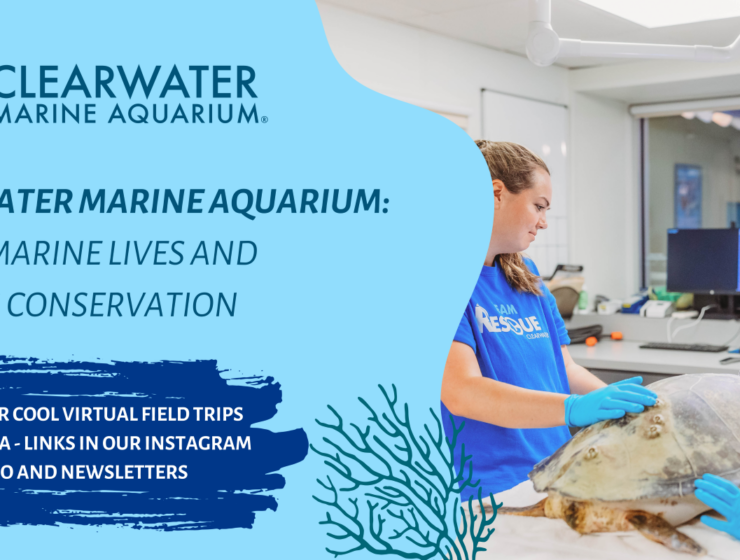The oceans and rivers are home to many captivating creatures. Among them, bottlenose dolphins are some of the most fascinating and intelligent inhabitants. With their intricate social behaviors, extraordinary intelligence, and playfulness, bottlenose dolphins are one of the most popular animals in the world.

In this article, we will get ready for Delightful Dolphins–K12’s virtual field trip in partnership with Clearwater Marine Aquarium–by learning more about these incredible marine mammals and how important it is to protect them and their habitats.
- Physical Characteristics
Bottlenose dolphins are recognized for their distinct appearance. They have a sleek, streamlined body that allows them to swim up to 37 miles per hour. Their most recognizable feature is their “bottle-shaped” snout—aka their namesake. Their diet is composed mainly of squid, crustaceans, and fish, so this elongated snout is filled with sharp teeth designed especially for catching such prey. Bottlenose dolphins are generally gray but can range in shades.
- Social Complexity
Bottlenose dolphins have incredibly complex social intelligence and social structures. They show an array of behaviors that indicate such cognitive abilities. Particularly, dolphins live in pods, or groups, which can have just a few individual dolphins or many dozen. In these pods, dolphins communicate with each other through a combination of body language, intricate vocalizations, and sophisticated whistles. However, it is not uncommon for bottlenose dolphins to travel alone or break off from their pods and reform new ones.
When we think of bottlenose dolphins, many of us imagine their graceful leaps and playfulness. This playful nature manifests itself in activities such as riding waves, impressive acrobatics out of the water, and surfing the bow waves of boats. These behaviors display not only their notability agility, but also serve as a form of social enrichment and interaction.
- Natural Habitat
Common bottlenose dolphins inhabit both offshore and coastal waters across the globe, thriving in both temperate and tropical waters. Some places you might find dolphins besides the ocean are gulfs, bays, estuaries, and harbors of these warmer climates.
- Intelligence
Bottlenose dolphins have a large and complex brain, which has made them the subject of ongoing research. They have a strong ability to adapt and learn, both to their environment and when interacting with humans. Dolphins have been trained for different tasks, from therapy to military applications to entertainment in marine parks. However, the ethical problems of keeping dolphins in captivity has become a major debate in recent decades.

- Conservation
In the US, bottlenose dolphins are not endangered, but they are protected under the Marine Mammal Protection Act. Threats such as pollution, habitat alteration, human feeding or and activities causing harassment, biotoxins, disease, recreational and commercial fishing, oil spills. These hazards, as well as other types of human disturbances, can easily disrupt ecosystems and impact the availability of food sources that dolphins rely on to survive.
Conclusion
Bottlenose dolphins are a great example of an animal that combines sociability, intelligence, and beauty. Their complex behaviors and playfulness have amazed not only scientists, but the entire world. To protect these great marine mammals, we must prioritize their conservation and protecting their habitats.
Want to learn more?
Register for K12’s Delightful Dolphins Virtual Field Trip in partnership with Clearwater Marine Aquarium on September 13th, at 4:30pm ET, here.
Information in this article was obtained from NOAA Fisheries at www.fisheries.noaa.gov/species/common-bottlenose-dolphin.




